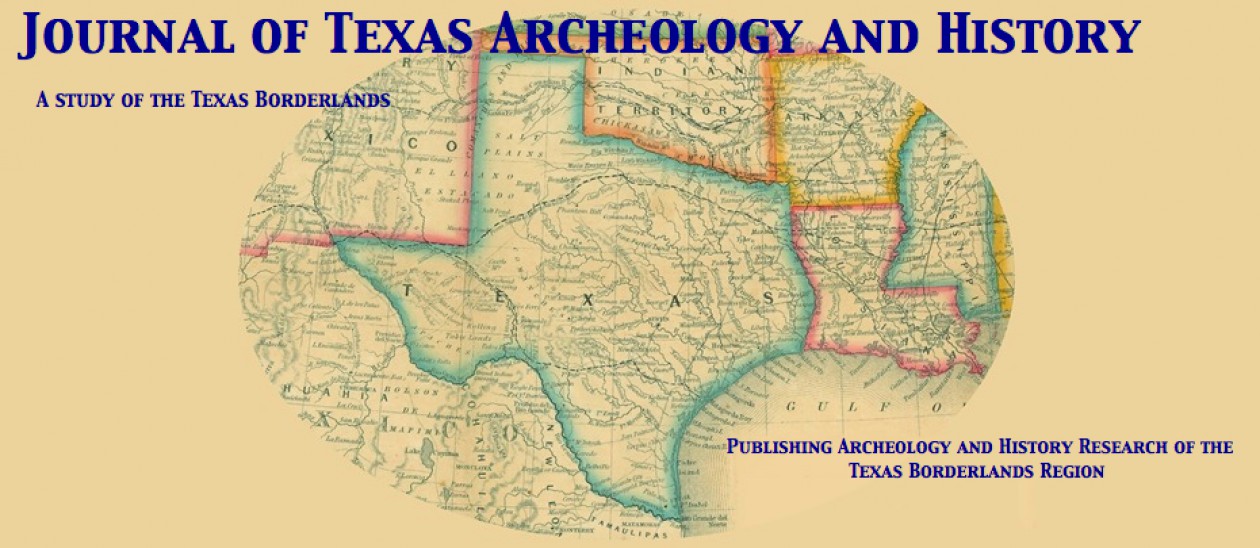Volume 1 (2014) – Article 4
Deflation Troughs, Water, and Prehistoric Occupation on the Margins of the South Texas Sand Sheet
By: Juan L. González, Russell K . Skowronek, and Bobbie L. Lovett
ABSTRACT
Within the South Texas Plains, the area broadly defined by the Rio Grande to the south and the Nueces River to the north, a distance of ca. 175 km, evidence of open human occupation is remarkably abundant. Because it is predominantly a region of loose, sandy soils and active and relict sand dunes where wind processes dominate, the area is known as the South Texas Sand Sheet (STSS). There is no running water within the STSS and all streams are ephemeral. Existing drainage systems are small, localized, and not integrated, carrying water for a few days and up to two weeks after the passage of a storm. The lack of running water makes human occupation on this semi-arid area even more remarkable. The STSS and the adjacent wind deflated areas have hundreds of small and shallow elongated deflation troughs. Most of these poorly drained swales retain seasonal fresh water that sustain high moisture plants and are ephemeral wetlands; a small percentage of them hold water year round. As a result, the long history of human occupation of the STSS was possible due to the presence of the deflation troughs. This study explores the connection between human occupation of the STSS and deflation troughs at four previously unreported archeological sites in northern Hidalgo County using a combination of intensive archeological and geological survey, oral history, GIS technology, and existing soil maps.

